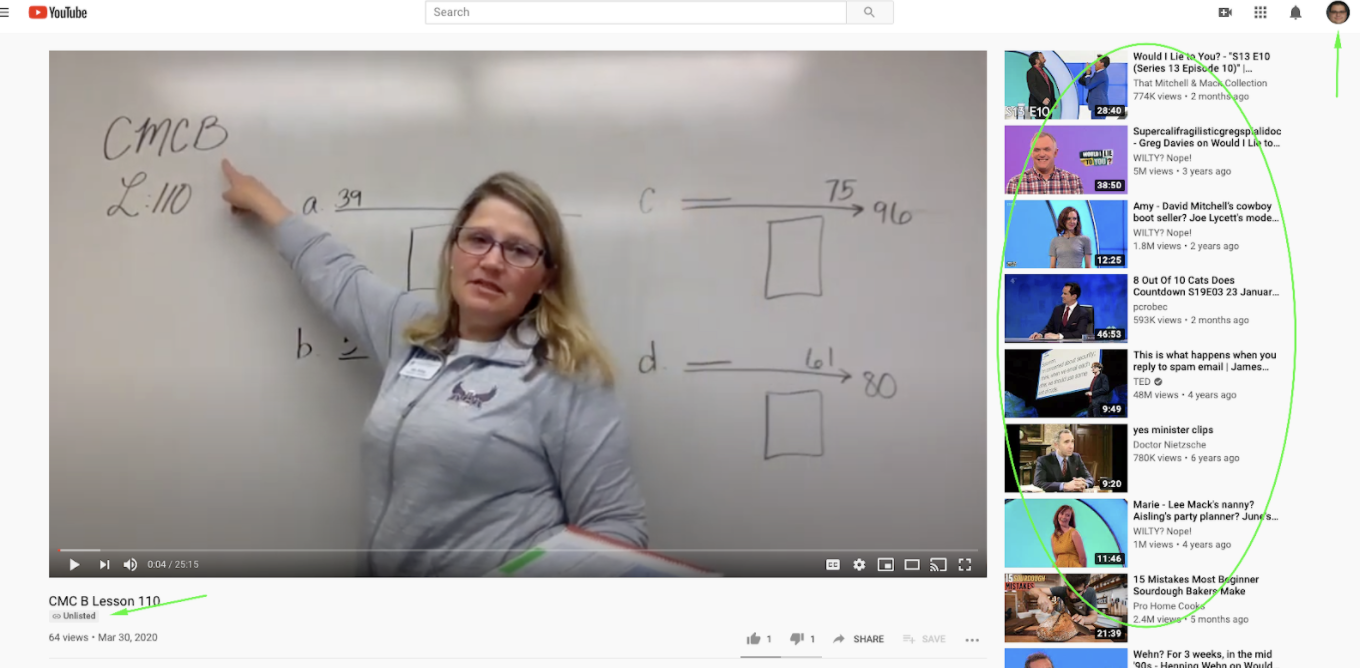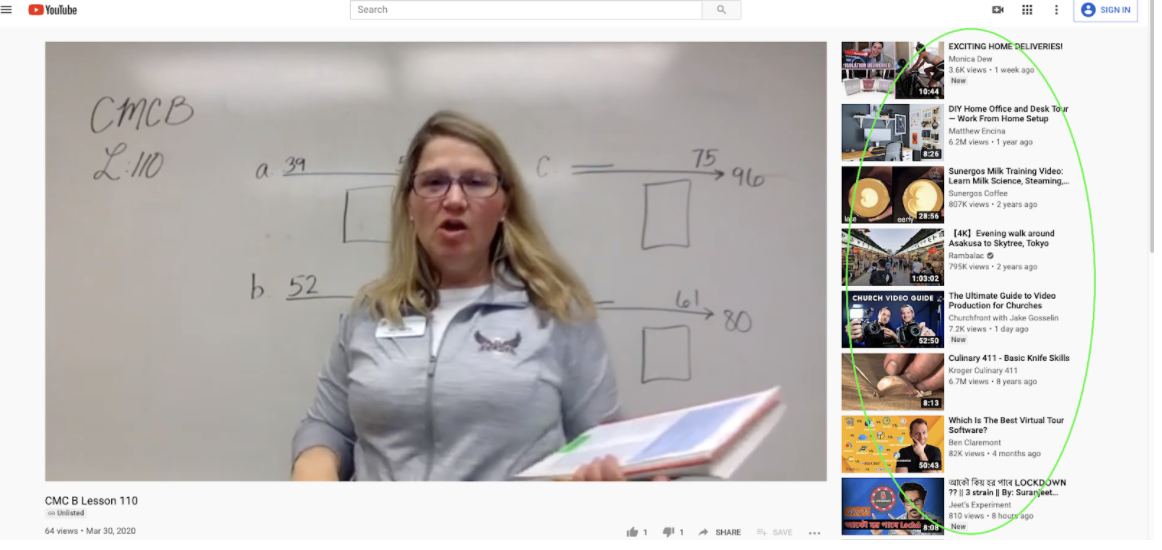|
As the IT Director in a large school District , one of the favorite parts of my job has been the fact that I get to share my love and passion for computers with the students. My day-to-day work rarely gives me time to spend directly with the students, but when I do get that chance, I love seeing their eyes light up as they use the computer systems we have in place. Similarly, I get the same experience with the amazing teachers and administrators that I work with. I love being able to quickly fix something for a student or teacher, and allow them to move on with their day, while not having to worry that the technology isn't going to do what they want it to do. One of the things that keeps me awake at night since this great pandemic paradigm shift in how we learn is this: what about the children and parents at home? How are they handling the sudden influx of the need for computers, internet, google classroom, videos, etc.? It is in that vein that I wanted to put something together for the parents who are now, more than ever, such critical partners in Online Learning. YouTube, in a lot of ways, is the Wild West of internet videos. Despite this, it is also the most common world-wide platform in the world. It works on most devices with nearly universal compatibility. Which is one of the primary reasons that, in my district, we started using YouTube as a platform for students to access our videos. Teachers have been creating so much fantastic video content that one of the things we had to keep in mind from the beginning is that we wanted these videos to last forever! We didn’t want to put them somewhere that might be free right now due to the current circumstances but might change again in the future. We have had hundreds of companies reach out to us to offer us free options due to COVID-19, but they haven’t been able to get a confirmation that it would continue to be a free platform. Most notably, Loom and Safesharetv are free to use right now, but would not be free in the future. The other reasons I recommend YouTube for the technically curious: Google provides a robust Education control platform that is 100% free to schools. It has been this way for many years, and they continue to provide those features now. Google provides us with essential integrations between teacher and student emails, district admin-level control, and a robust, developed platform such as Google Classroom. This was a key tool for us to shift online. With all of that said, YouTube is not a perfect platform. There are some things that we do with our video uploads that help address those concerns, but there are some additional things you can do as a parent. Procedures For schools to consider when they post videos
The first thing that I get asked about frequently is the sidebar. This is the list of videos that come up along the right-hand side of the screen when you are viewing a video. What shows up in that sidebar is based on complex algorithms that YouTube makes to gather revenue. When YouTube for Kids was first introduced, YouTube said that by marking a video for KIDS would make sure that only kid-safe content would show up. It didn't really work out that way because the sidebar works based on who is logged in. It also carries the additional problem of “YouTube's definition” of what is kid-safe, and that is not always in line with various parents' perspectives. When you are viewing YouTube Videos as a “logged-in user”, the sidebar content is 100% dictated by that account history and it completely ignores any “safe” or “kids” settings. See Example #1. At my house I kept trying to figure out why my kids were getting suggestions for videos about British TV shows …. Turns out it’s because the computer they were using was logged in as my account. Which is also the same account that is logged in on my cell phone, work computer, Amazon Kindle, iPad, etc. In other words even though my kids’ devices were NEVER watching content like this, they were getting recommendations for this content because I was watching some clips like this on my own device. This can have all kinds of ramifications, such as showing content recommendations that are not child-appropriate or are super distracting to my younger children. Two examples of this happened the other day. I have a guilty pleasure of watching certain late-night talk show hosts that have language that is 100% not appropriate for my kids. My wife doesn't even care for them, so I often have my headphones on at night with my phone to watch them, but they kept popping up on my kids’ computers. Or the best yet was I had been reading a news article one morning about Trolls World Tour (I’m a dad, don’t judge me) and I had shared it on my Facebook, making a comment about it. That action connected an “interest” in that movie to my accounts, which caused it to start recommending Trolls World Tour clips to my kids on YouTube. You can guess how well online school work went that day for the 9 year old. Anyway now that I have laid out some examples, the next question in your mind likely is, “Okay, how do I stop this?” What Can A Parent Do to Improve YouTube for Their Kids?
I hope this gives you some more ideas on how you can improve YouTube for your children.
Let me know if you have other ideas of topics you would like me to cover. I would love to make this a weekly thing, but we’ll see what time allows.
0 Comments
|





